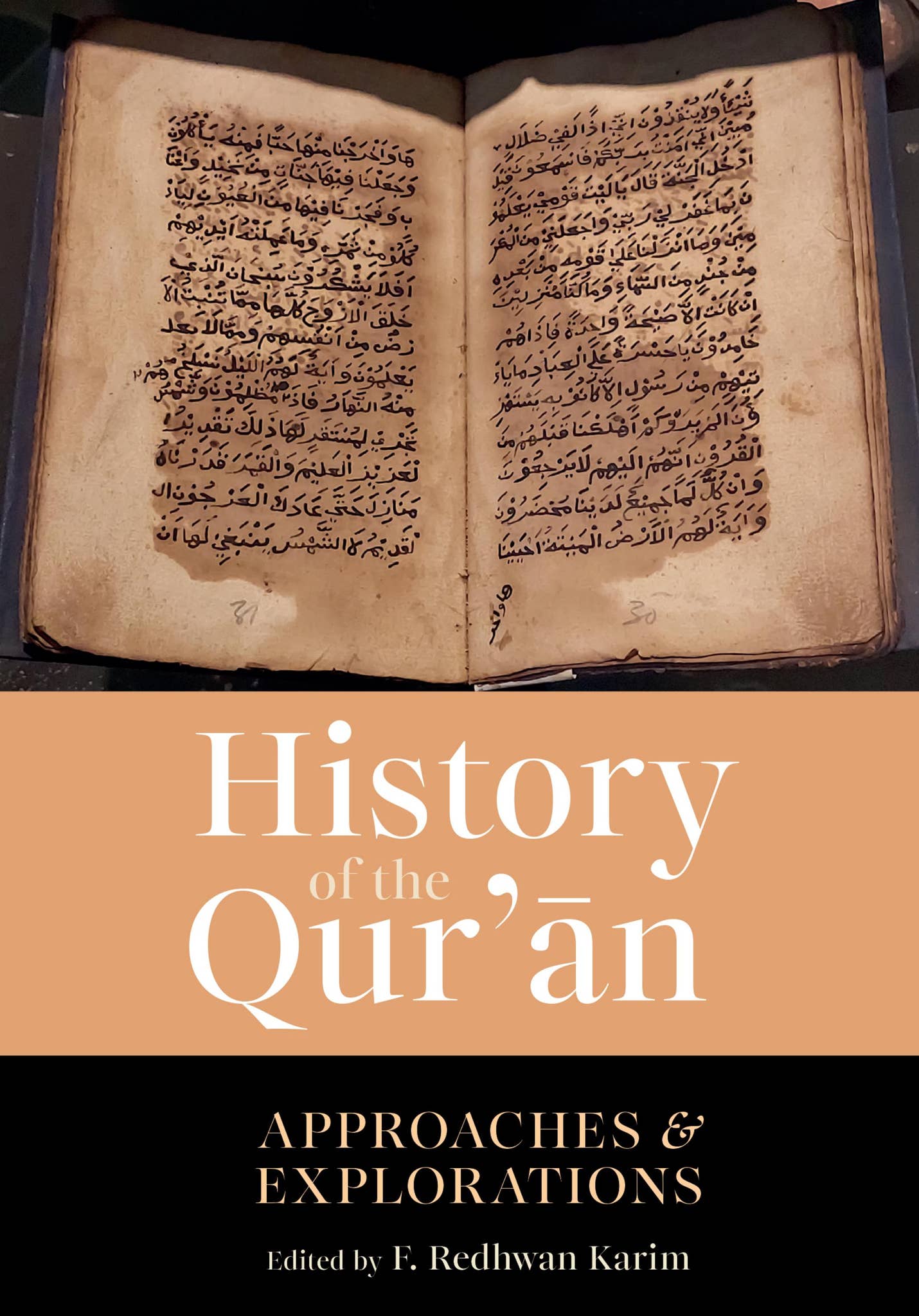
The narrative of science within the medieval Islamicate culture is captivating, distinguished by notable accomplishments that established groundwork for scientific progress across various domains. Although comprehensive contemporary literature covering the complete range of this history remains limited, numerous publications offer insightful perspectives on specific facets of Islamicate scientific practices.
To begin with, the three-volume “Encyclopedia of the History of Arabic Science,” overseen by Roshdi Rashed, serves as an all-encompassing reference on this subject, despite being out of print. Luckily, it can be found on the Internet Archive. For readers interested in particular domains of Islamicate science, several significant texts are advisable.
“Islamic Science and Engineering” authored by Donald R. Hill, part of “The New Edinburgh Islamic Surveys,” provides an introductory overview of science and technology during the medieval Islamicate era. Hill’s proficiency in the history of technology is especially evident in the sections dedicated to machinery and fine technology. The initial portion of the book covers topics such as mathematics, astronomy, physics, and chemistry. In the mathematics section, Hill examines arithmetic, algebra, geometry, and trigonometry, though it includes an outdated bibliography. Regarding astronomy and physics, he offers a valuable introduction with a specific focus on Islamic optics and mechanics. In chemistry, Hill observes the dualistic character of alchemy and industrial chemistry in that era.
The latter half of the book explores engineering, beginning with water-raising machines and other crucial technologies, followed by an analysis of fine technology including clocks and automata. Civil engineering topics are treated in chapters related to bridges, dams, irrigation, and water supply, highlighting the significance of water management in medieval Islamicate communities. Hill concludes with a section touching on Islamic mining techniques, non-ferrous metallurgy, and the complex dissemination of this technological knowledge to Europe.
For a more profound comprehension of medieval Islamic medicine, “Medieval Islamic Medicine” written by Peter E. Pormann and Emilie Savage-Smith is suggested. This work, also from “The New Edinburgh Islamic Surveys,” introduces readers to an extensive variety of medical practices and theories, emphasizing not just the theoretical elements and renowned physicians but also the social historical contexts encompassing female patients, practitioners, and healthcare ethics.
In the realm of cartography, Yossef Rapoport’s “Islamic Maps” examines the evolution of map-making from the 9th to the 17th century. It showcases the progression in Islamic cartography from al-Khwarizmi’s descriptions to the intricate works of Piri Reis, adorned with rich illustrations. Complementing this is “Lost Maps of the Caliphs,” co-authored by Rapoport and Elizabeth Savage-Smith, which offers an elaborate analysis of “The Book of Curiosities,” an Arabic cosmography from the 11th century.
In summary, for those eager to explore the history of science in the medieval Islamicate world, these publications provide solid starting points across fields such as engineering, medicine, and cartography, each uniquely enriching the broader narrative of scientific history.